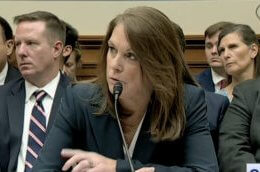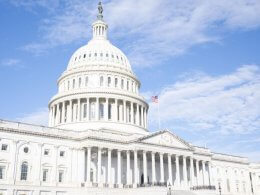The race is on to produce more lithium in the United States.
The U.S. will need far more lithium to achieve its clean energy goals — and the industry that mines, extracts and processes the chemical element is poised to grow. But it also faces a host of challenges from environmentalists, Indigenous groups and government regulators.
Although lithium reserves are distributed widely across the globe, the U.S. is home to just one active lithium mine, in Nevada. The element is critical to development of rechargeable lithium-ion batteries that are seen as key to reducing climate-changing carbon emissions created by cars and other forms of transportation.
Worldwide demand for lithium was about 350,000 tons (317,517 metric tons) in 2020, but industry estimates project demand will be up to six times greater by 2030. New and potential lithium mining and extracting projects are in various stages of development in states including Maine, North Carolina, California and Nevada.
“Nobody really foresaw this huge spike in demand,” said Tim Crowley, vice president of government affairs for Lithium Nevada, a subsidiary of a company developing a mine in Thacker Pass, Nevada. “We owned the lithium space for a long time, and we forfeited it to China.”
Much of the world’s lithium comes from South America and Australia, and China dominates the worldwide supply chain for lithium-ion batteries. The U.S. produces less than 2% of the world’s supply of lithium, although it has about 4% of the reserves. The largest reserves in the world are in Chile.
Expanding domestic lithium production would involve open pit mining or brine extraction, which involves pumping a mineral-rich brine to the surface and processing it. Opponents including the Sierra Club have raised concerns that the projects could harm sacred Indigenous lands and jeopardize fragile ecosystems and wildlife.
But the projects could also benefit the environment in the long run by getting fossil fuel-burning cars off the road, said Glenn Miller, emeritus professor of environmental sciences at the University of Nevada.
“A domestic source has tremendous value. Then we can do things that only China is doing with production,” Miller said.
Lithium — the lightest metal on Earth — was discovered by Swedish chemist Johan August Arfwedson more than 200 years ago. Since then, lithium and its compounds have been used in everything from psychiatric medicine to lubricating grease.
But interest in lithium has exploded in recent years because of its use in rechargeable batteries for electric and hybrid cars, lawnmowers, power tools and more. Lithium batteries also power laptops and cell phones.










